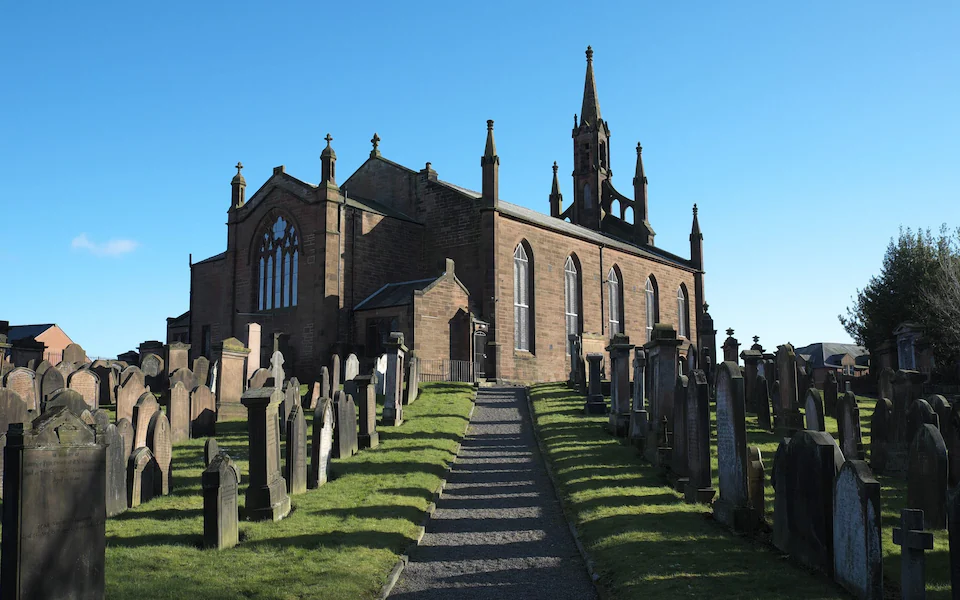
The Church of Scotland is selling numerous churches, plots of land, and former council houses, some dating back to the 1700s, with prices starting at £35,000. This decision, described by the Church as “painful,” is driven by financial pressures. The Church has acknowledged that it owns more properties than necessary.
Since 2001, the Church of Scotland has seen its membership decrease by a million, with the latest census data showing that most Scots now identify as having no religion. The Church is also facing a significant reduction in clergy numbers, having lost 40% of its ministers since 2000.
By selling these old and energy-inefficient buildings, the Church hopes to alleviate financial pressures on congregations. A spokesperson expressed understanding of the mixed emotions this move has caused, acknowledging the relief felt by some at no longer having to maintain underused places of worship. The Church emphasized its mission to share the good news of Jesus Christ, stating that it is essential for the Church to be fit for the 21st century and not be hindered by its buildings.
Notable properties on the market include a charming church in Laggan, Inverness-shire, for offers over £35,000, and the neo-gothic St Mary’s Greyfriars in Dumfries for bids over £38,000. St Marks in Aberdeen is the most expensive property listed at £390,000. Other listings include Kirkinner Church (£40,000) in Dumfries and Galloway and Kirknewton Church (£215,000) in West Lothian.
The closure of the 900-year-old Birnie Kirk in Moray caused significant controversy last year. This historic church, one of Scotland’s oldest, is scheduled to be released from Church ownership by 2027. A Church spokesman acknowledged the challenges and pain caused by the rapid changes in Church life.
While these buildings have potential for various uses, Andrew Boast of SAM Conveyancing cautioned prospective buyers about the complexities of converting churches into residential or commercial properties. He highlighted the challenges of planning regulations, legal requirements, and issues with conservation or historical statuses, which can lead to delays and additional costs.
Emma Myrie from Homeprotect echoed these concerns, warning that the low sale prices might be misleading when considering the challenges of conversion, maintenance, and upkeep.

The Church of England also closes about 20 churches annually, with current listings showing most are in the north of England. The 2021 census revealed that less than half of the population in England and Wales identifies as Christian, a significant drop from the 2011 census. In Scotland, only 20% of the population identifies as Christian.
For more details, join our WhatsApp channel: https://whatsapp.com/channel/0029VabITrvEAKW7DSkTfP0J.